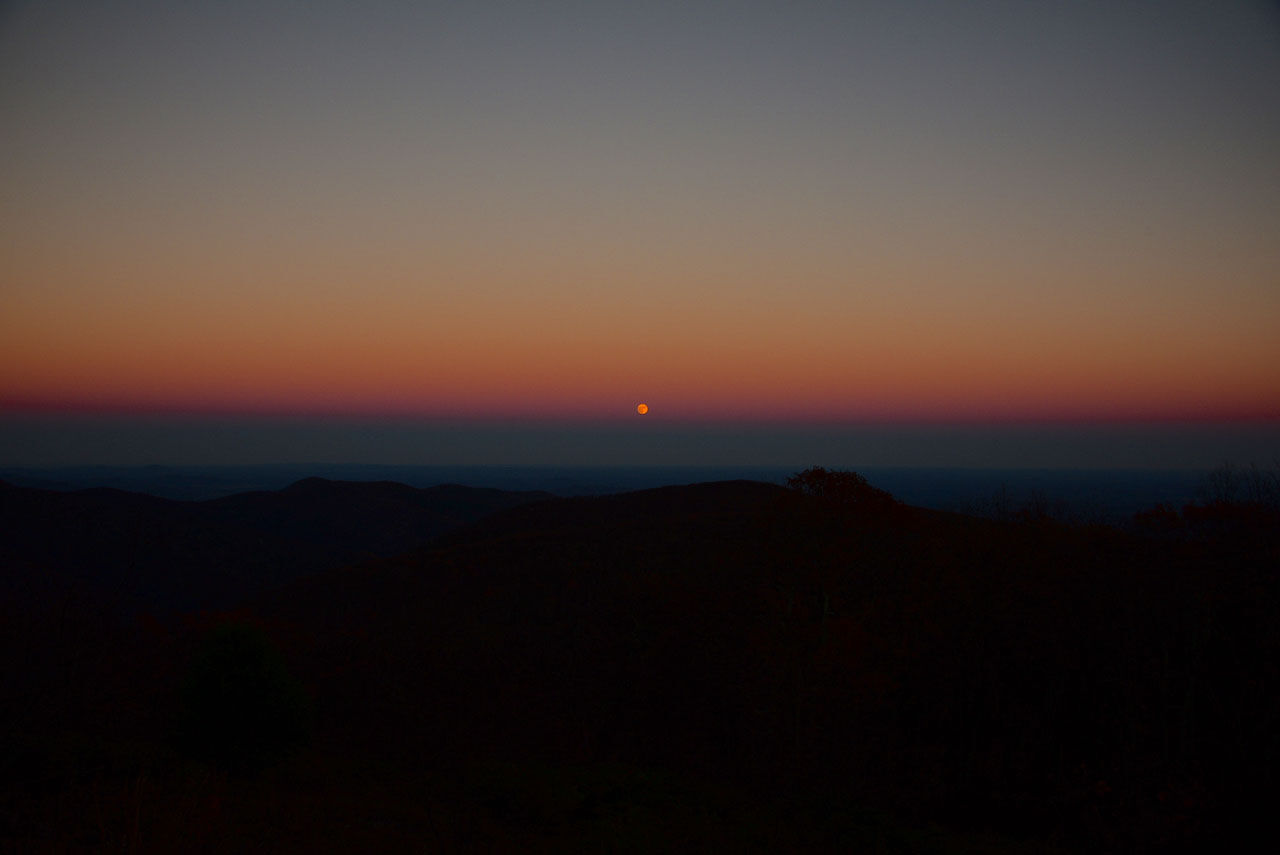This weekend has some wonderful sky sights for the D.C. area in the evening and morning hours.
This weekend, starting Friday, the moon being full has great significance to several religions as explained by NASA. This is also the Pesach or Passover Moon.
Pesach or Passover starts at sun down on Friday and ends at nightfall on Saturday. The Seder feasts are on the first two evenings of Passover.
In the Christian ecclesiastical calendar, this is the Paschal Moon, from which the date of Easter is calculated. Paschal is the Latinized version of Pesach.
Generally, Easter, also called Pascha, is celebrated on the first Sunday after the first full moon of spring. However, there are differences between the times of these astronomical events and the calendars used by the Eastern and Western churches. This is one of the years where these differences matter.
Western Christianity will be celebrating Easter on Sunday, after this first full moon of spring. Eastern Christianity will celebrate Eastern Orthodox Easter a week later on April 24.
For Hindus, this full moon corresponds with Hanuman Jayanti, the celebration of the birth of Lord Hanuman, celebrated in most areas on the full moon day of the Hindu lunar month of Chaitra.
For Buddhists, especially in Sri Lanka, this full moon is Bak Poya, commemorating when the Buddha visited Sri Lanka and settled a dispute between chiefs, avoiding a war.
To view the full moon rising and/or setting as I imaged in my photograph, you need a clear view of the Eastern (rising) and/or Western (setting) horizon. The Belt of Venus and Earth’s shadow will be visible if the sky is clear and is a beautiful end or beautiful beginning to the day.

If you are up in the predawn hours, be sure to look at the parade of four of the five visible planets in the east-southeast sky. You will want to look about 45 minutes before sunrise to see this impressive celestial lineup.
Mark your calendars for the other celestial events that the NASA and Sky and Telescope articles describe.
Seeing the night sky offers a respite for us all. Take some time this weekend to find some solace and beauty that the night sky provides.
Follow Greg Redfern’s daily blog to keep up with the latest news in astronomy and space exploration. You can email him at skyguyinva@gmail.com, or follow him on Twitter.







